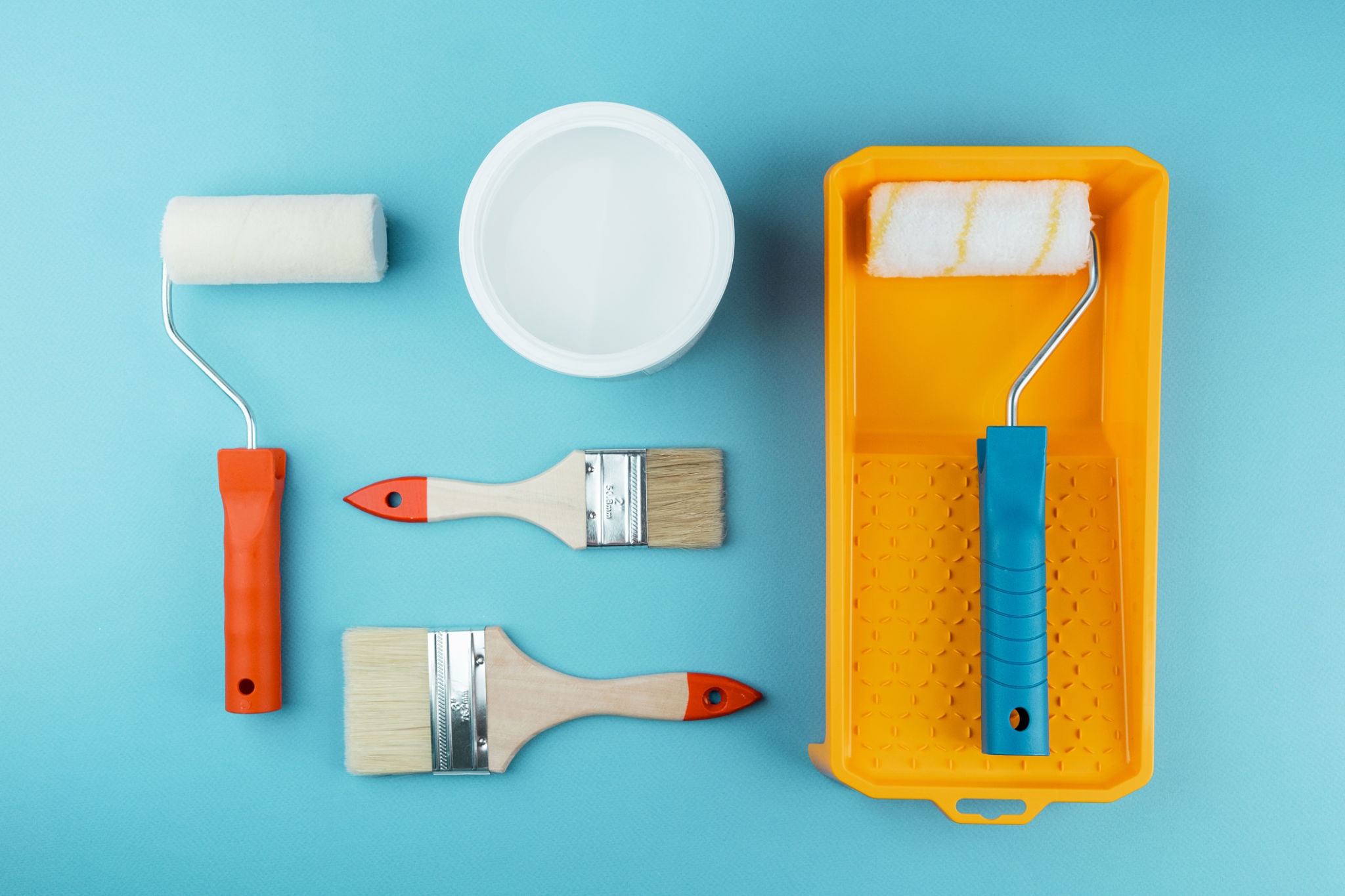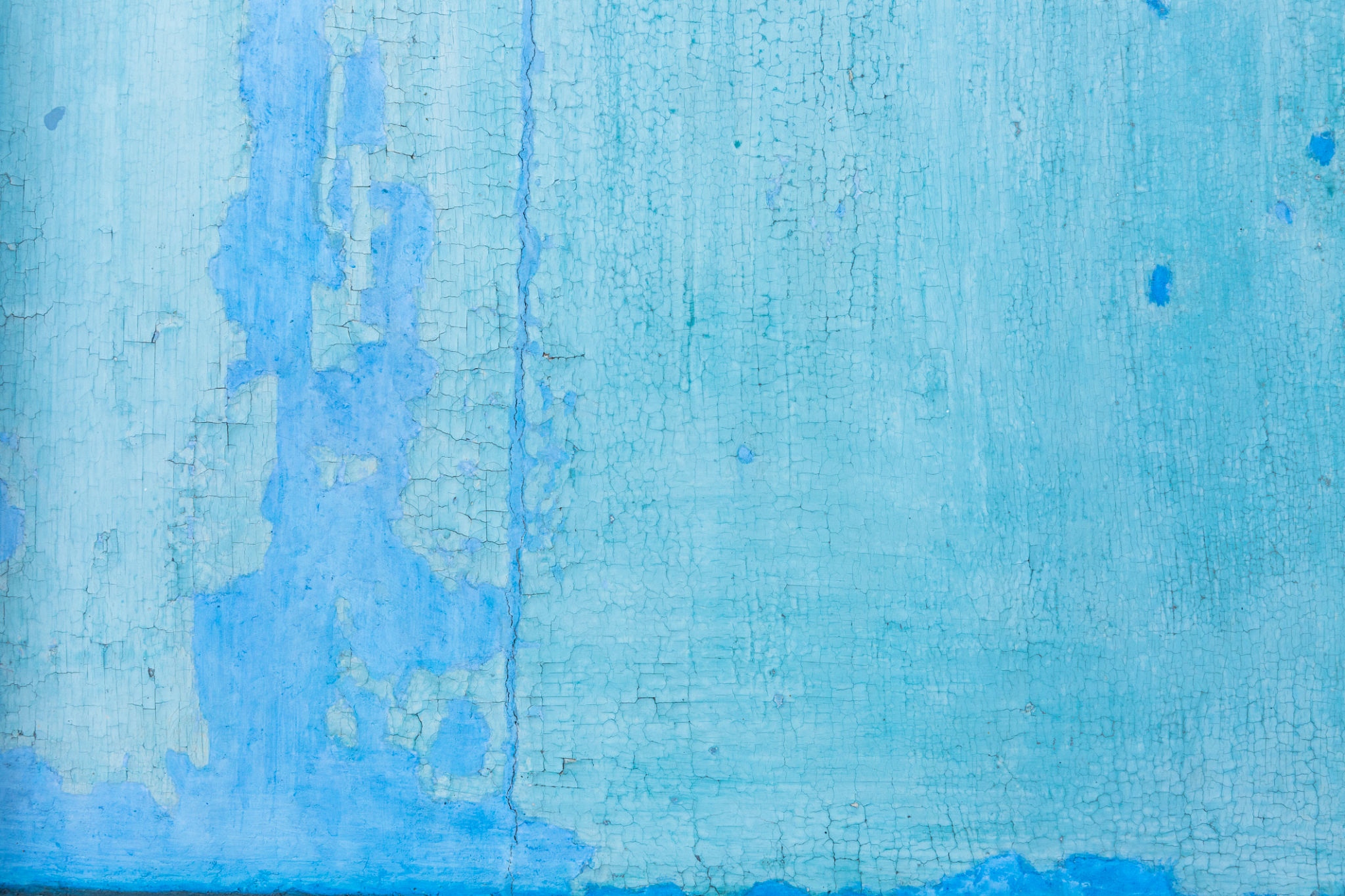A Step-by-Step Guide to DIY Decorative Wall Techniques
Introduction to DIY Decorative Wall Techniques
Decorating your walls can significantly enhance the aesthetic appeal of your living space. Whether you're looking to add a splash of color or a touch of texture, DIY decorative wall techniques offer a creative and cost-effective solution. In this guide, we'll explore various methods to transform your walls into stunning focal points.

Choosing the Right Technique
Before diving into the process, it's crucial to select the right technique that complements your existing decor. Consider factors such as room size, lighting, and the overall theme of your home. Popular techniques include stenciling, sponge painting, and using washi tape for geometric patterns. Each method offers a unique finish and can be tailored to fit your personal style.
Stenciling
Stenciling is a versatile technique that allows you to create intricate designs with ease. Begin by choosing a stencil pattern that suits your taste. Secure the stencil on the wall using painter's tape and apply paint using a sponge or stencil brush. Remember to dab gently to avoid paint bleeding under the stencil.

Sponge Painting
Sponge painting adds texture and depth to your walls, creating a dynamic look. First, apply a base coat of paint and let it dry completely. Next, dip a natural sea sponge into a contrasting paint color and dab it onto the wall in a random pattern. This technique is ideal for adding warmth and character to your space.
Tools and Materials Needed
Gathering the right tools and materials is essential for achieving professional-looking results. Here's a list of basic items you'll need:
- Paint (base and accent colors)
- Paintbrushes and rollers
- Sponge or rags
- Stencils
- Painters tape
- Drop cloths
- Painter's tray

Preparing Your Walls
Proper preparation is key to ensuring a flawless finish. Start by cleaning the walls to remove any dust or grease. Use a mild detergent and water solution for best results. Once clean, fill in any holes or cracks with spackling paste and sand the surface smooth once it's dry.
Priming the Surface
Applying a primer is an important step that helps the paint adhere better to the wall. This is especially crucial if you're working with dark colors or painting over an existing pattern. Allow the primer to dry completely before proceeding with your chosen technique.
Finishing Touches
After completing your decorative wall project, step back and admire your handiwork. If you notice any imperfections, touch them up with a small brush. Adding elements such as framed art or decorative shelving can further enhance the overall look. Your newly transformed walls will undoubtedly be a conversation starter!

With these DIY decorative wall techniques at your disposal, you can unleash your creativity and personalize your living space with confidence. Happy decorating!
